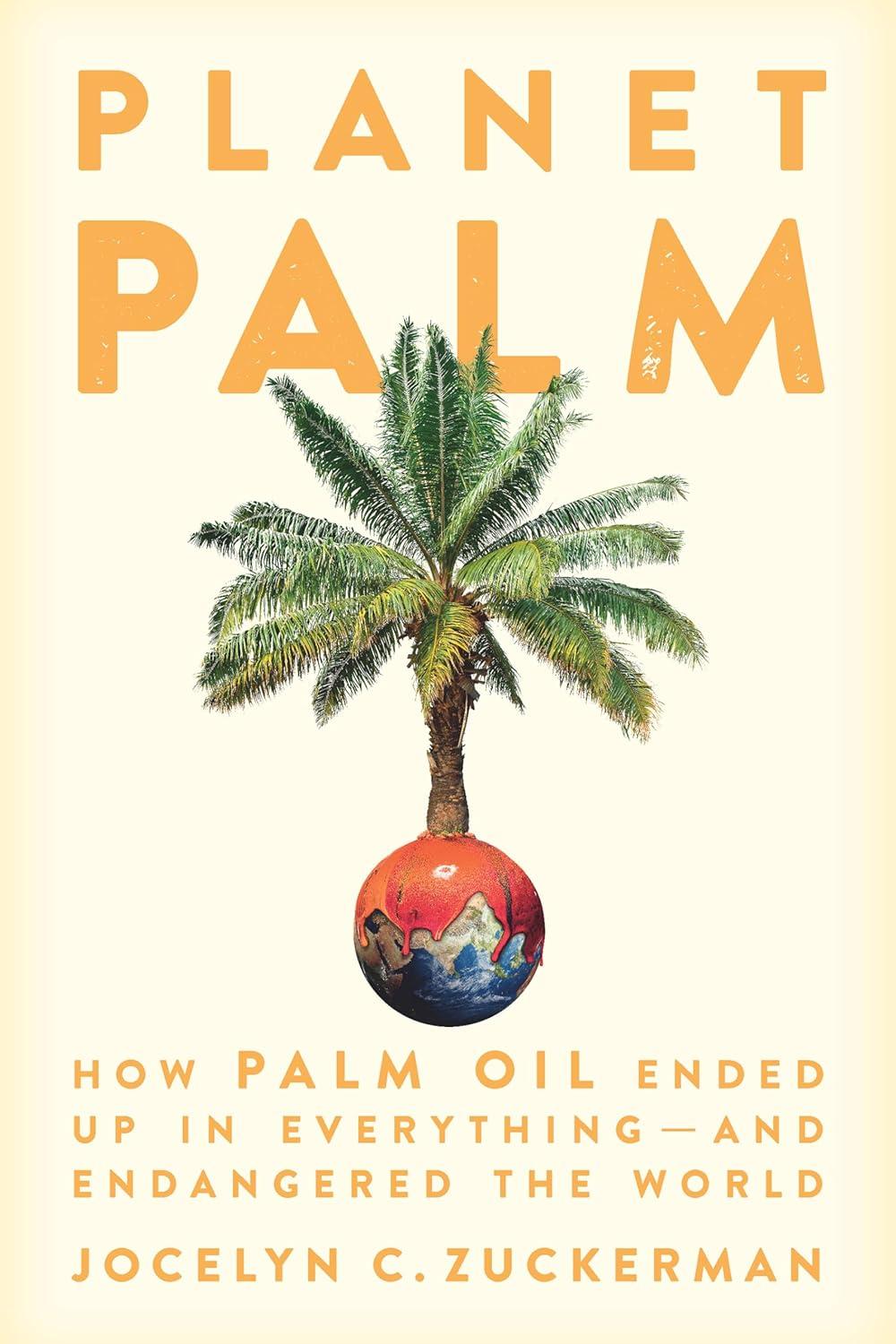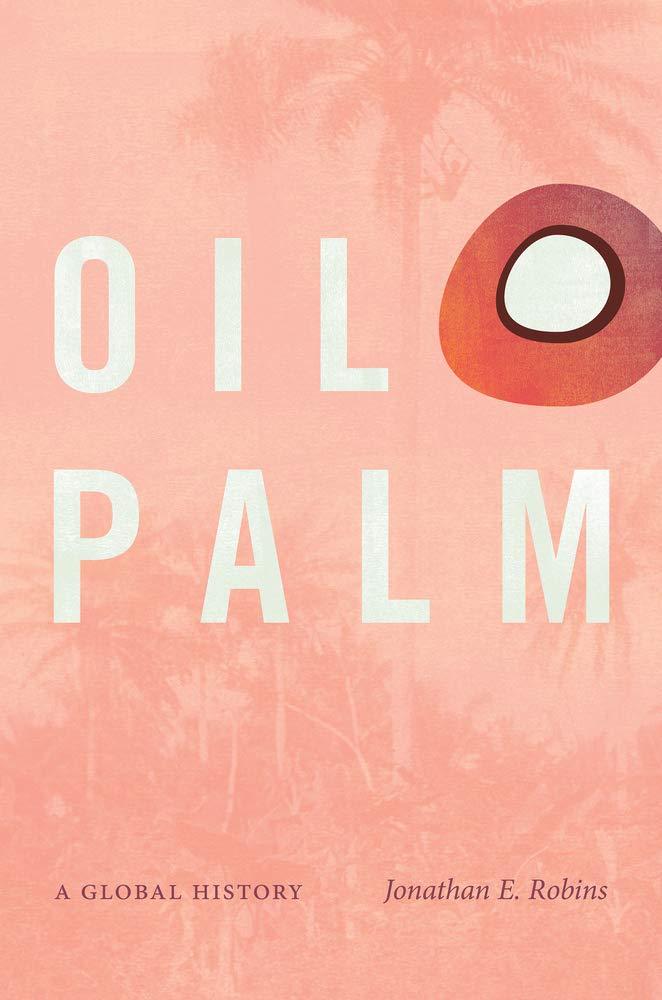In 1914 William Lever decided to diversify his palm oil empire. Margarine, he thought, had the potential to be a much bigger market than soap, because consumers would always be willing to spend more on feeding themselves than on washing. In the 1880s, Lever and his brother James – the children of a grocer from Bolton – had created Sunlight soap, one of the biggest brands in late Victorian England. The breakthrough wasn’t the soap itself, but the way it was marketed: in individual bars packaged in colourful boxes, rather than in giant slabs sliced off by the pound in grocery shops. To give it the right amount of lather, Sunlight was 41.9 per cent palm kernel oil. By the 1890s, Lever Brothers were selling 2400 tons of Sunlight soap per week, churned out at their factory in Warrington along with Lux Flakes and Vim. But Lever still felt jealous of the people he called ‘Butterine makers’. He often had to compete for raw materials with margarine manufacturers and finally decided that the best course of action was to join them. A civil servant who had dealings with Lever observed that at first glance he seemed ‘a rather insignificant little fellow’, but soon decided he ‘had never met a man who was so obviously a megalomaniac’. During the First World War, British margarine production, led by Lever, increased from 78,000 to 238,000 tons a year. In 1929, four years after his death, Lever Brothers merged with the Margarine Union to form the consumer goods giant Unilever, many of whose flagship products, from Dove soap to Pot Noodle, are still based on palm oil.
Palm oil is the most widely consumed fat on the planet, far ahead of other vegetable oils such as soy, sunflower, peanut, coconut or rapeseed (not to mention animal fats such as lard and butter). But in its early days as an industrial product in the 19th century, it was uncertain whether palm oil would gain wide currency as a food in the West (it had long been produced and used in Africa). The closest the average Victorian came to palm oil as a foodstuff was its use as a coating to stop the tin used for canned food oxidising. As Jonathan Robins notes in Oil Palm: A Global History, ‘few people in the industrialised world ate much palm oil until the 1920s.’ In the United States, it wasn’t officially recognised as a food until 1930 (dairy farmers had fought hard against the new ‘oleomargarine’ industry).
In the US and the UK, palm oil seemed unappetising because, as Robins writes, ‘palm oil grease was a highly visible and smellable part of the experience’ on steam railways. At every stop, a man walked down both sides of the train carrying a grease box and a wooden knife, and smeared lumps of grease (made from a mixture of palm and tallow) on the wheels. Anyone who had witnessed and smelled this ritual – or seen the rats feasting on the leftover contents of the grease boxes – might not feel all that keen to spread palm oil margarine on their bread. Nevertheless, it soon became a staple of the British diet, unrecognisable because the refined version had no smell and virtually no taste.

